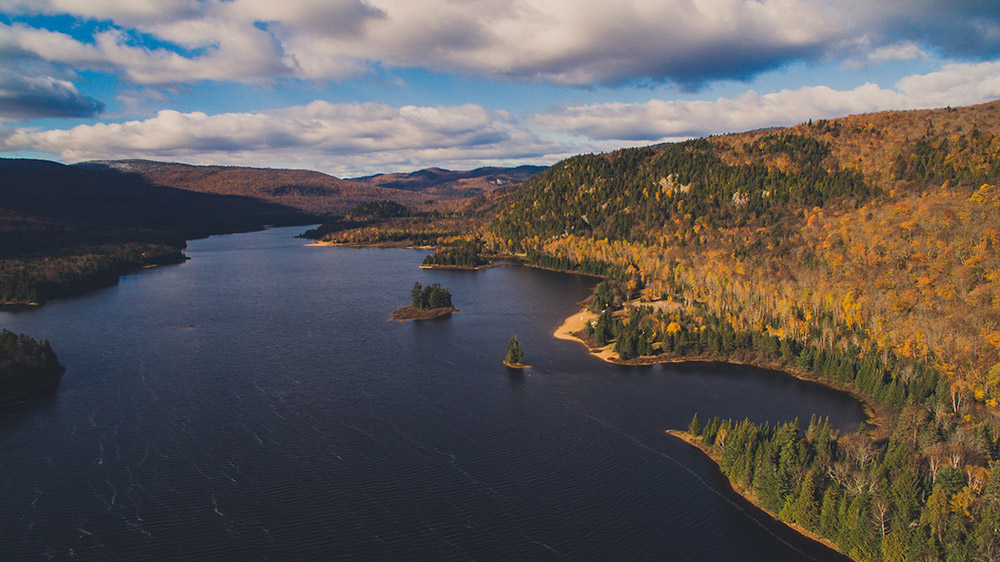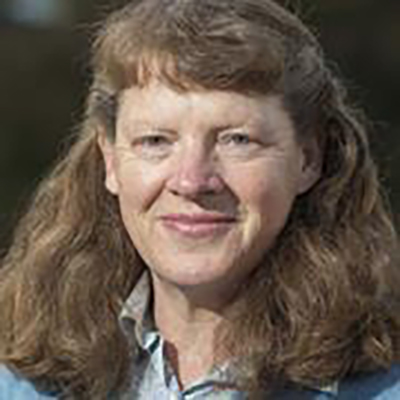The Interior Wetbelt (IWB) of British Columbia includes the globally rare Inland Temperate Rainforest (ITR) that if managed for its substantial carbon (C) stocks can contribute to Canada’s Nationally Determined Commitment under the Paris Climate Agreement. We provide spatially explicit estimates of above- and below ground live and dead biomass and soil C stocks derived from three sources:
- government online Vegetation Resources Inventory (VRI);
- the GlobBiomass spatial dataset; and
- field plots (n = 27) within old-growth forests of the ITR.
For live, above ground C, we summarise carbon stocks by elevation classes and decadal forest age.
The upper bound on total carbon densities (above- and below ground, live and dead biomass and soil carbon), based on the VRI holds a maximum of 806 megagrams carbon per hectare (Mg/ha).
The mean total biomass carbon density, measured in field plots, was 583 Mg/ha of carbon per hectare with a maximum of 1,275 Mg/ha, which is on par with some of the world’s most carbon-dense temperate forests.
About half the carbon is in live biomass pools with the rest in dead biomass and soil organic carbon pools. The mean carbon density from the VRI over all elevations was 182 Mg/ha, with soil organic carbon ~40% and live tree stems ~27%.
VRI estimates were 75% lower than field-based measurements with the greatest mismatch in areas with the highest carbon density.
The region contains under-appreciated C stocks that can help Canada meet its climate and conservation targets, but only if there are major forestry reforms that protect C-dense old-growth forests, allow degraded forests time to recover the logging-related C debt, and improve monitoring of C stocks and stock changes.
Approximately 22% of the IWB has been logged, the majority since 1970s, resulting in live above ground carbon declining by at least 18%, although this is likely an underestimate. Logging was heavily concentrated in low (<1000 m; 28.3% of elevation zone) to mid-elevations (1000–2000 m; 20.9%) compared with upper elevations (>2000 m; 1.2%).
The region contains under-appreciated carbon stocks that can help Canada meet its climate and conservation targets, but only if there are major forestry reforms that protect carbon-dense old-growth forests, allow degraded forests time to recover the logging-related carbon debt, and improve monitoring of carbon stocks and stock changes.
Article authors
Dominick DellaSalla
Heather Keith
Brendan Mackey
Additional authors
Tim Sheehan, James Strittholt, Michelle Connolly, Jeffery R. Werner, and Arthur L. Fredeen
DellaSala, D. A., Keith, H., Sheehan, T., Strittholt, J., Mackey, B., Connolly, M., Werner, J. R., & Fredeen, A. L. (2022). Estimating carbon stocks and stock changes in Interior Wetbelt forests of British Columbia, Canada. Ecosphere, 13(4), e4020. doi: https://doi.org/10.1002/ecs2.4020
Request a copy of the article
If the download article link below doesn’t work, or leads to a page that requests payment, please click the link to the author profile above and request a copy directly and they will be happy to assist. Not all reviewed journal articles are published as ‘open access’, which are free to download.




